Top 5 Mistakes To Avoid When Shipping To Amazon FBA

Many sellers are keen to sell on Amazon Marketplace because there are many opportunities for profit. But you should also know that Amazon has strict requirements, and even small mistakes can eat into your margins or delay your shipments.
From our experience working with thousands of Amazon FBA sellers, we’ve seen firsthand the most common shipping errors that lead to costly problems. In this guide, we’ll walk you through the top mistakes sellers make and share our expert tips to help you avoid them.
Why You Should Use Amazon FBA

You might be wondering why many sellers are quick to jump on the Amazon FBA fulfillment option to manage their logistics. Well, here are the biggest perks of using Amazon FBA:
1. Prime Badge Eligibility: “When you use Fulfillment by Amazon (FBA), your products are automatically eligible for Amazon Prime.” This means Prime members can receive your products in 1-2 days with fast, free shipping. You should already know that Prime members prefer shopping only for prime-eligible items because of the fast shipping. Your products will, therefore, have higher rankings, visibility, and ad conversion rates than other non-prime sellers.
2.Simple and stress-free logistics: Imagine if you have to organize shipping to every customer who buys your product on Amazon. How time-consuming that must be! Even if you use third-party 3PLS, coordinating this process remains challenging. When you use FBA, you don’t need to worry about your customers getting their orders. Just focus on sourcing your inventory and promoting your products while Amazon handles storing, packing, and shipping for you. Once you send your inventory to Amazon’s warehouses, they manage the rest.
3.Reliable Customer Service and Returns: Amazon doesn’t just stop at managing logistics for your products. They also manage customer service, returns, and refunds on your behalf. Using FBA can also increase your chances of winning the coveted “Buy Box” (now known as the “Featured Offer”) on Amazon, as it signals to Amazon that you offer fast and reliable shipping and good customer service.
4.Scalability: As your business grows, FBA can scale with you. You won’t need to invest in additional storage space or hire more staff when you have more orders. Amazon can easily handle your increased volume of orders.
5.Cost Savings: “Using FBA helps you reduce operational costs such as storage, labor, and shipping expenses.” You also gain access to Amazon’s negotiated shipping discounts, which results in better profit margins.
Common Mistakes to Avoid When Shipping to Amazon FBA
Mistake #1: Failing to Follow Amazon’s Packaging and Labeling Guidelines
Amazon has strict guidelines for how products must be packaged and labelled before they arrive at fulfillment centers. If your product falls short of this, you may pay extra fees, have your inventory rejected, or even be suspended in severe cases.
Products with sharp edges or points must have edge protectors, adequate bubble wrap must be used for fragile items, while items with small parts require additional safety labeling. Items that can be damaged by moisture must be sealed in transparent poly bags of at least 1.5 mil and have a barcode scannable through the bag. Boxes must be big and strong enough, and poly bags should have a suffocation warning when needed.
Another error you should avoid is improper FNSKU barcode labeling. Labels must be scannable, correctly placed, and match the exact product being shipped. Barcodes should never be placed on a curve or seam, and should have sufficient white space around them to ensure scannability.
How to avoid
- Familiarize yourself with Amazon’s FBA packaging and labeling requirements. If it helps, create a checklist for every product category to ensure you cover all the bases.
- Use freight forwarders who understand how to ship to Amazon FBA. It can make all the difference.
- Use correct barcodes and place them appropriately on each product.
- Check Amazon Seller Central often for any new updates on product preparation.
Mistake #2: Bad Inventory Forecasting
Two possible scenarios could affect you: You may have low stock during peak seasons or overstock during slow periods. Either of these scenarios will affect your seller metrics and cause you to pay high storage fees.
Always account for Seasonal fluctuations. Amazon’s inventory restrictions, policies, and fees change throughout the year, especially during the Q4 holiday season. If you miss the inventory cut-off dates for peak seasons, your products will arrive late for important selling periods. Remember that there are longer receiving times at FBA warehouses during busy seasons.
How to avoid
- Plan your inventory levels ahead. Use historical sales data and inventory forecasting tools to ensure accuracy.
- Keep a calendar of Amazon seasonal inventory deadlines.
- Arrange for inventory to arrive at least 30 days before peak selling periods begin. Read our guide to navigating peak season shipping to understand better.
Mistake #3: Choosing the Wrong Freight Forwarder
Choosing a freight forwarder can seem like the easy part, but the wrong choice can be costly to your Amazon FBA shipping. It’s not just about picking a reliable freight forwarder; they must also be very experienced in shipping to Amazon FBA centers.
An inexperienced freight forwarder will cause you delays, land you in trouble with Amazon, and increase your expenses. If you’re a supplier that prefers to handle shipping, then please pay attention to every specification provided by Amazon before shipping.
How to avoid
- Choose freight forwarders who specialize in Amazon FBA shipments and understand Amazon’s guidelines.
- Use logistics providers that provide consolidation, packaging, labelling, customs clearance, and last-mile delivery to Amazon’s warehouses.
- Don’t allow your suppliers to ship directly to Amazon FBA as much as possible unless you’re very sure of their competence in following Amazon requirements.
Mistake #4: Not Understanding Amazon FBA Fees
Amazon charges fulfillment fees and storage fees to pick, pack, and ship your products to customers. The more inventory you have, the higher your fulfilment fees. The bigger your products and the longer they stay in Amazon warehouses, the higher your storage fees. These fees are calculated per cubic foot and can totally wipe out your profits if you don’t plan well.
Now, the fulfilment and storage fees vary throughout the year, depending on the season. So you have to keep up with this often. Apart from the monthly storage fee, you’ll also be charged an aged inventory surcharge if your inventory spends longer than 271-365 days in Amazon’s warehouse.
Don’t get caught out with these fees. Plan and calculate them ahead and be sure your product pricing is high enough to make profits after paying every necessary fee.
How to avoid
- Always calculate referral, fulfillment, and storage fees in advance. You can make use of Amazon’s Revenue Calculator to ensure accuracy.
- Never forget that Amazon can charge you for either the weight or dimensions of your products. Optimize your product packaging to take as little extra space as possible.
- Regularly plan and review your inventory. Don’t send too many products to Amazon FBA at once.
- Check your Seller Central page often to keep abreast with new Amazon pricing.
- Your product pricing should always include a buffer to cover unforeseen expenses.
Mistake #5: Shipping Restricted or Prohibited Products to Amazon FBA
Amazon doesn’t accept every product in its fulfilment centres. If you assume they accept all products without restrictions, you’ll have your products rejected or face penalties. Certain items require special approval, while others are outright prohibited. When shipping hazardous materials, restricted ingredients, prohibited substances, and goods that require special care, you have to be careful. It’s always best to liaise with your freight forwarder and discuss this ahead.
Amazon places restrictions on many product categories, especially those that pose safety risks or legal concerns. Some examples include:
- Hazardous materials (Hazmat), flammable liquids (e.g., nail polish, aerosol sprays, paint thinners), corrosive materials (e.g., battery acid, drain cleaners), and explosive substances.
- Medical and pharmaceutical products, prescription medications and drug-testing kits.
- Even simple products like cosmetics, skin care, air dyes, and essential oils may be restricted due to the ingredients they’re made of. Products containing certain active ingredients (e.g., hydroquinone, mercury) require special approval.
- Perishable foods, dietary supplements with unapproved claims, alcohol, and anything requiring refrigeration.
- Weapons and related accessories: Firearms, ammunition, stun guns, switchblades, and firearm parts such as magazines or silencers.
- Wireless devices operating on certain frequencies, lithium batteries exceeding Amazon’s safety limits, and tracking devices without compliance approval.
- Products marketed for explicit adult use and anything associated with illegal drug use.
- Toys, baby items, and children’s apparel require safety certifications (e.g., CPSIA compliance in the U.S.) to be eligible for sale.
Certain restrictions also depend on the country you are shipping to. For example, certain pesticides are banned in the U.S. but allowed in other regions. Always check Amazon’s country-specific guidelines before shipping.
Amazon may reject your entire shipment if even one restricted item is detected. You could face additional return fees or storage penalties for unauthorized products. If you violate these restrictions repeatedly, it can lead to account suspensions or even permanent bans.
How to avoid
- Check Amazon’s latest policies regularly.
- Inspect your goods to ensure they’re not damaged, expired, or missing hazard labels.
- Consult your freight forwarder before shipping.
Other routine mistakes you must avoid are:
- Using incorrect shipping methods
- Wrong route or shipping carrier selection
- Inaccurate customs documentation
How Can Winsky Help Your Amazon FBA Shipping?
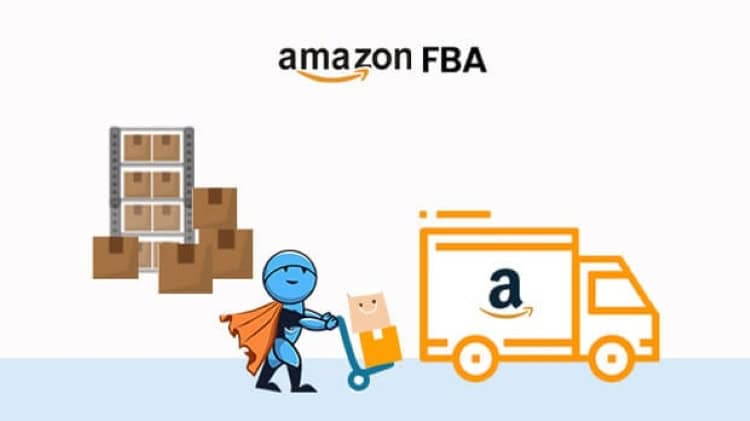
Choosing a reputable freight forwarder like Winsky Freight comes with many benefits. We thoroughly understand Amazon FBA requirements and will package, label, and handle your goods with care throughout the shipping process. We can help to optimize shipping routes to meet Amazon’s deadlines. With our DDP all-in-one shipping option, we deliver your goods to an Amazon FBA warehouse in any country.
Conclusion
Your Amazon shipping becomes really simple when you pay attention to these mistakes and follow our tips for smooth shipping. If you have any inquiries about shipping to Amazon FBA, reach out to Winsky Freight, and we’ll help you settle.
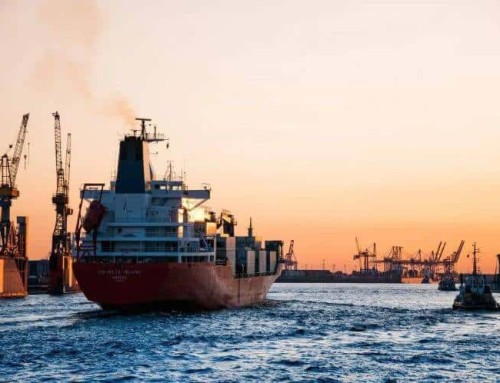
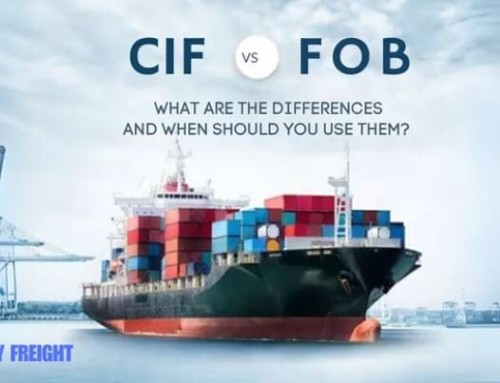

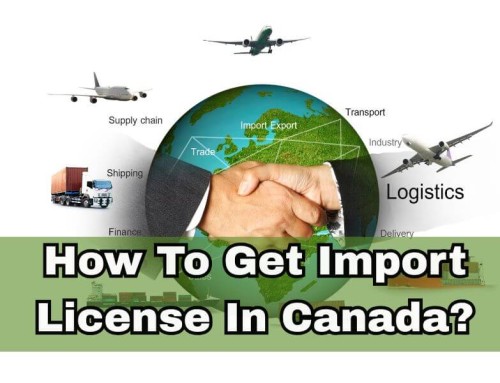
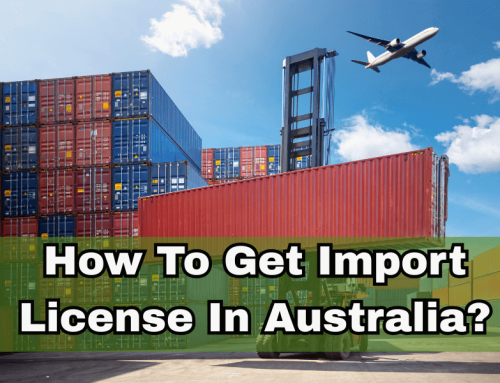
Leave A Comment